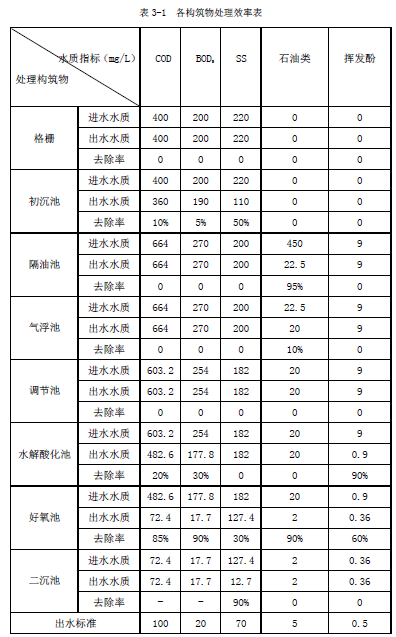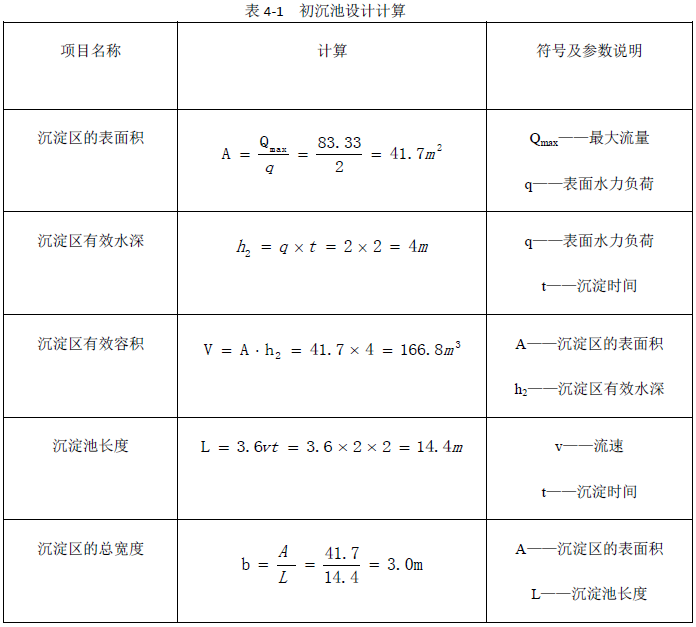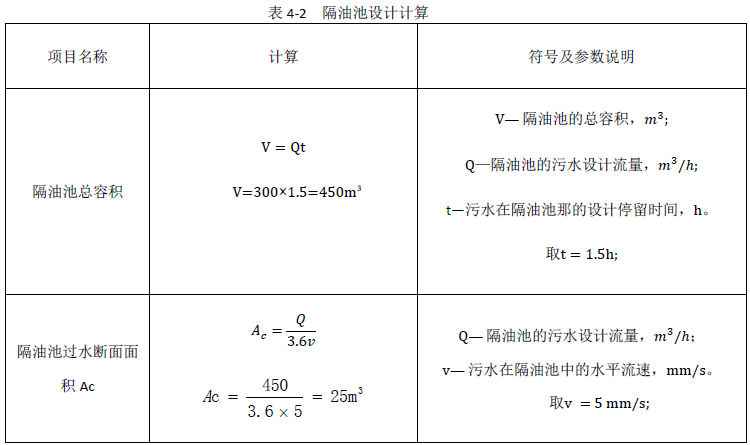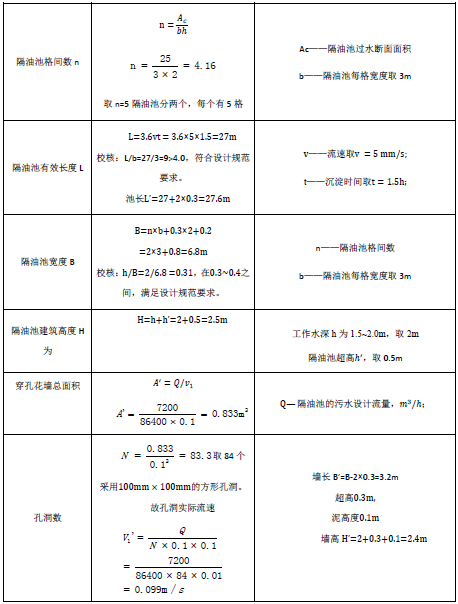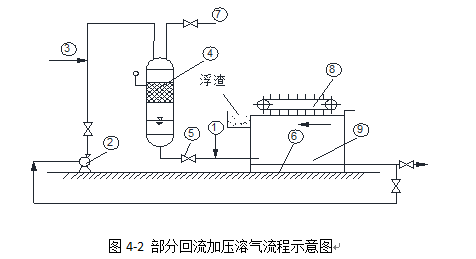炼油厂废水治理工艺研究及设计毕业论文
2020-07-06 18:17:09
摘 要
由于经济的发展和人民生活水平的不断提高,我国炼油厂的数量随之不断增加,这些炼油厂产生的废水也越来越多,然而如何在节约成本的情况下高效处理这些废水就成为了关键。
一般来说炼油废水产生的污染物种类多且成分十分复杂,这些污染物的浓度高,pH波动范围大,含有油类、COD、BOD、挥发酚等污染物,危害环境和人们的身体健康,一般某种单独的处理方法处理这些污染物很难符合排放标准。
本课题的炼油废水含有石油类物质、COD、SS、挥发酚等物质,可采用物化与生化结合的方式处理就能取得理想的效果,生产废水先经过格栅去除一些固体废物及少部分SS,用传统隔油、气浮工艺去除石油类物质,接着进入调节池调节pH,用水解酸化加好氧池的工艺处理挥发酚和COD,进入二沉池使处理的水质达到国家一级排放标准。
关键词:炼油厂废水;治理工艺;水处理
Research and Design of Refinery Wastewater Treatment Process
Abstract
Due to the economic development and the continuous improvement of people’s living standards, the number of oil refineries in China continues to increase, and the waste water generated by these refineries is also increasing. However, how to efficiently treat these waste waters under cost saving becomes a key issue. .
In general, the types of pollutants generated by the refinery wastewater are numerous and the components are very complex. The concentrations of these pollutants are high, the pH fluctuation range is large, and they contain oil, COD, BOD, volatile phenol, and other pollutants, which endanger the environment and people's health. It is difficult for some pollutants to meet the emission standards.
The subject's refinery wastewater contains petroleum substances, COD, SS, volatile phenols, etc. It can be treated in a combination of physicochemical and biochemical processes to achieve the desired effect. The production wastewater is first removed through the grid to remove some solid waste and a small portion of SS. Oil is removed by traditional oil and air floatation processes, followed by a conditioning tank to adjust the pH, and a hydrolytic acidification plus aerobic tank process to treat the volatile phenols and COD into the secondary settling tank to allow the treated water quality to meet the national first class emission standards.
Key Words: Refinery wastewater;Treatment process;Water treatment
目 录
摘 要 I
Abstract II
第一章 总论 1
1.1基础资料 1
1.1.1废水水量、水质资料 1
1.1.2水质要求 2
1.1.3工程规模 2
1.2设计依据 2
第二章 方案论证 3
2.1废水处理工艺论证 3
2.2污泥处理工艺论证 3
2.3结论 4
第三章 工艺设计 5
3.1废水处理构筑物设计计算 5
3.1.1污染物处理效果 5
第四章 工艺设计计算 7
4.1废水处理构筑物设计计算 7
4.2格栅 7
4.2.1计算参数 7
4.2.2设计计算 7
4.3初沉池 11
4.3.1计算参数 11
4.3.2设计计算 11
4.4隔油池 12
4.4.1设计草图 12
4.4.2设计计算 13
4.5气浮池 15
4.5.1设计草图 15
4.5.2设计计算 15
4.6调节池 19
4.6.1计算参数 19
4.6.2设计计算 19
4.7水解酸化池设计计算 20
4.7.1计算 20
4.7.2配水方式 20
4.7.3进好氧池出水管设计 20
4.8 好氧池 21
4.8.1基本计算 21
4.8.2 反应池进、出水 系统设计 22
4.8.3 曝气器数量计算 23
4.9二沉池的设计 24
4.9.1设计草图 24
4.9.2计算参数 24
4.9.3设计计算 24
4.10污泥浓缩池 26
4.10.1设计草图 26
4.10.2污泥量计算 26
4.10.3设计参数 27
4.10.4设计计算 27
4.10.5污泥最终处置 29
4.10.6除臭处理 29
4.11污泥厌氧消化池 30
4.11.1池体设计 30
4.11.2设计计算 30
4.12污泥脱水 31
第五章 平面布置和高程布置 33
5.1平面布置 33
5.1.1平面布置原则 33
5.1.2各构筑物的布置 34
5.1.3构筑物设备尺寸一览表 35
5.2高程布置 35
5.2.1高程布置原则 35
5.2.2 管道水头损失计算 36
5.2.3构筑物的水头损失估算 40
5.2.4 流程标高计算 40
参考文献 42
致谢 44
第一章 总论
1.1基础资料
1.1.1废水水量、水质资料
某炼油厂的产品主要是燃料油、润滑油及其他精细化工产品,在其生产过程中产生大量工业废水,水质指标如下:
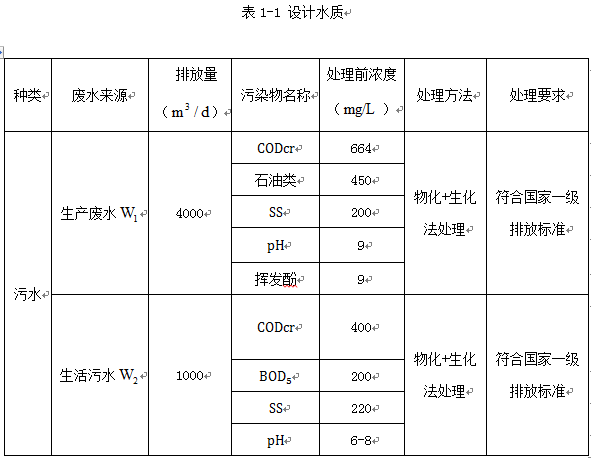
气象与水文资料:
风向:多年主导风向为北风;
气温:最冷月平均为-3.5℃;最热月平均为32.5℃。
水文:降水量多年平均为每年728mm;蒸发量多年平均为每年1210mm;
地下水水位,地面下5~6m。
厂区地形:污水厂选址区域海拔标高在64~66m之间,平均地面标高为64.5m。平均地面坡度为0.03%~0.05%,地势为西北高,东南低。
1.1.2水质要求
≦100,≦20,≦70,石油类≦5,挥发酚≦0.5, 6~9。
1.1.3工程规模
工程规模:废水水量,生产废水:4000m3/d,生活污水:1000 m3/d;根据废水量和生产情况确定变化系数k,生产废水变化系数取 =1.8,生活污水变化系数取 =2.0。即,生产废水为7200 m3/d,生活污水为2000 m3/d。
1.2设计依据
排放标准:处理后出水水质要求达到国家《污水综合排放标准》(GB8978-1996)一级标准。
有关的设计规范、规定和标准及法令
相关图片展示:
